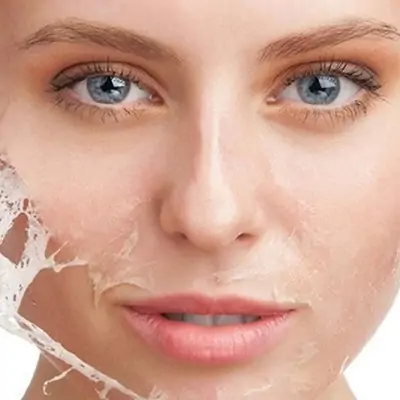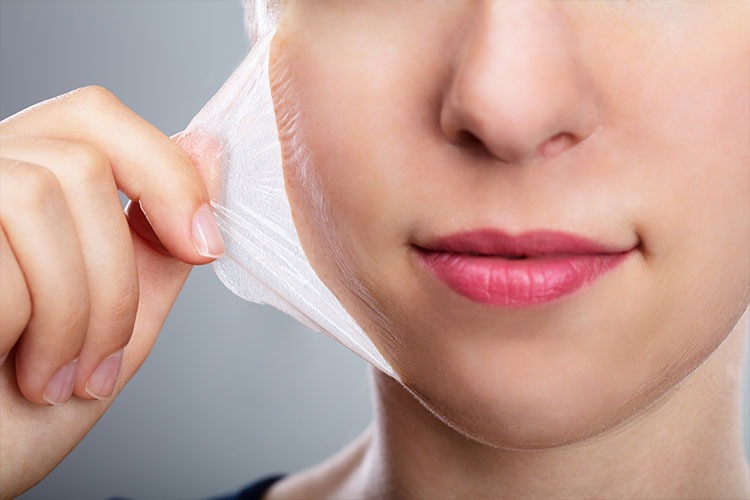
Therapr Team
Chemical peels have been a staple in cosmetic dermatology for decades. Designed to exfoliate the skin using controlled chemical solutions, these treatments can help reduce fine lines, pigmentation, acne scars, and dullness. While the word "chemical" may sound intimidating, when applied by trained professionals, peels are safe and effective for renewing the skin and enhancing its natural glow.
A chemical peel involves applying a chemical solution to the skin, which causes the top layers to exfoliate and eventually peel off. The newly regenerated skin underneath is smoother, more even in tone, and often has fewer imperfections. Peels are categorized by their depth of penetration: superficial, medium, and deep.
Superficial Peels
These are the mildest form and use alpha-hydroxy acids (AHAs) like glycolic acid. They're great for brightening dull skin and improving texture with minimal downtime.
Medium Peels
Using stronger acids like trichloroacetic acid (TCA), medium peels target deeper wrinkles, pigmentation, and mild scarring. Recovery time is about 5–7 days.
Deep Peels
These penetrate the skin significantly and often use phenol. Deep peels are recommended for severe wrinkles and sun damage but require longer recovery and carry greater risks.
Improved Skin Texture and Tone
Peels help shed dead skin cells and reveal fresher skin underneath.
Reduction in Fine Lines and Wrinkles
By stimulating collagen production, peels soften fine lines and wrinkles, particularly around the eyes and mouth.
Fewer Acne Breakouts and Scars
Certain acids used in peels can reduce oil production and unclog pores, making them effective against acne.
Reduction in Hyperpigmentation
Peels can fade sun spots, age spots, and melasma with regular treatments.
Chemical peels are suitable for most skin types, but skin tone and specific skin concerns should be considered. People with lighter skin tones generally respond better to deeper peels, while those with darker complexions may benefit more from superficial or customized peels to avoid pigmentation issues.
The procedure starts with thorough skin cleansing, followed by the application of the chemical solution. You might feel tingling or a slight burning sensation depending on the strength of the peel. After treatment, expect some redness, flaking, and sensitivity. It’s crucial to avoid sun exposure and use gentle skincare during the healing phase.
While generally safe, chemical peels can cause side effects like redness, peeling, and temporary dryness. Rare risks include infection, scarring, and changes in skin pigmentation, especially if aftercare is not properly followed.
The frequency depends on your skin goals and the type of peel used. A consultation with a licensed professional is essential to create a safe and effective treatment plan.
Chemical peels are a powerful tool in cosmetic skincare, offering a wide range of benefits from smoothing skin texture to fading dark spots. By choosing the right type of peel and following proper aftercare, you can safely achieve healthier, more radiant skin. Always consult with a skincare specialist to determine the best approach for your skin type and needs.
Author profile
Read more articles by Therapr Team.


Get the latest wellness insights delivered to your inbox.
Subscribe to Newsletter